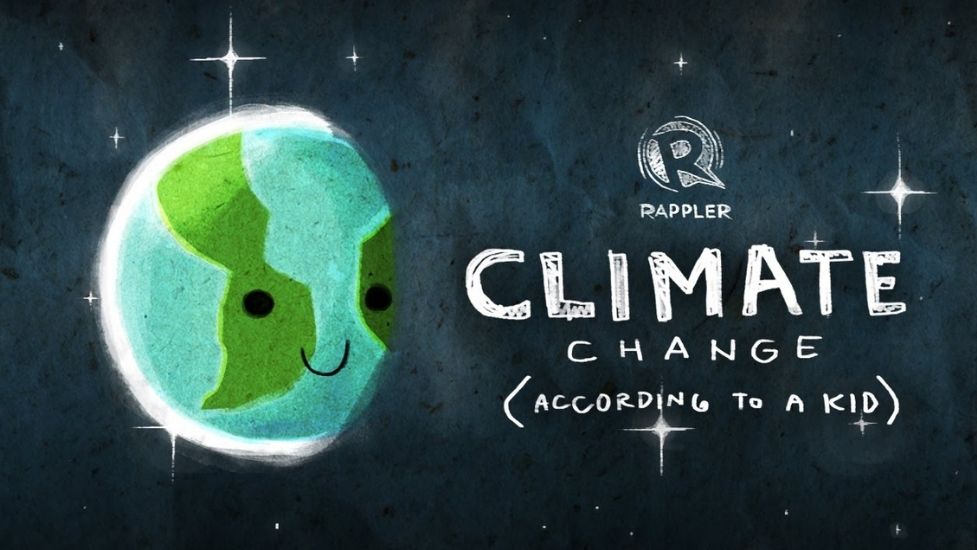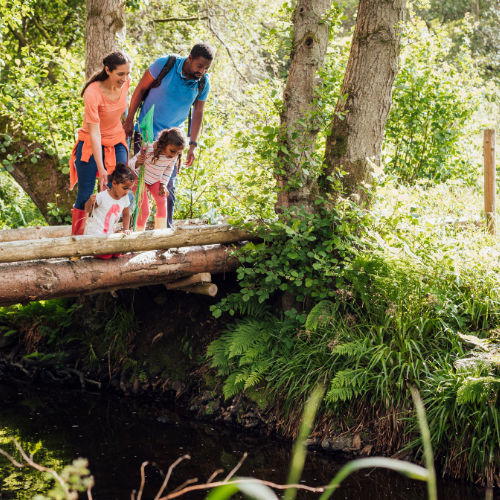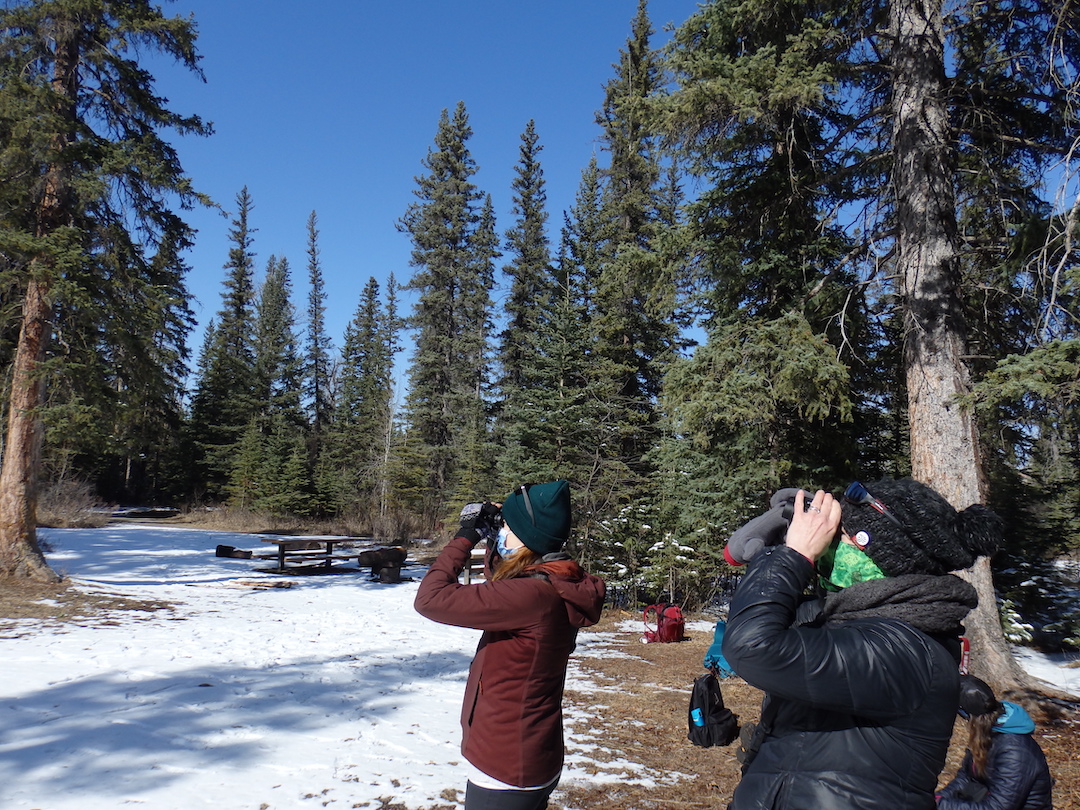Learn how to reduce your carbon footprint
PURPOSE
This activity introduces students to climate change and its causes, as well as how individuals are contributing to it. It ends with self-reflection on how students can reduce their own impacts.
GRADE LEVELS
4-12
TIME NEEDED
45 minutes

Curriculum LINKS
Grade 4, Science, Topic A: Waste & Our World
Grade 5, Science, Topic D: Weather Watch
Grade 9, Science, Unit A: Biological Diversity
Science 14, Unit D: Investigating Matter & Energy in the Environment
Science 20, Unit C: The Changing Earth
Science 20, Unit D: Changes in Living Systems
Science 30, Unit D: Energy & the Environment
Biology 20, Unit A: Energy & Matter Exchange in the Biosphere
Biology 20, Unit B: Ecosystems & Population Change
Biology 30, Unit D: Population & Community Dynamics
MATERIALS NEEDED
11 x17 piece of paper
Felt Pens
List of Examples
Instructions
1: Watch the “Climate Change According to a Kid Video” below.
(Stop at 1:45, where they start talking about the Paris Accord meetings. You could also continue and explain that those meetings have happened now, and that many countries around the world have committed to reducing their greenhouse gas emissions.)
After the video, the students think about how they produce CO2. Then proceed to the next activity.
2: Carbon Footprint Activity
Explanation to Students: Adapt as Necessary
Creating and using energy to live our daily lives creates CO2, which is released into the atmosphere. This contributes to the amount of greenhouse gasses causing our planet to warm up, and our climate to change! We can help slow that change by looking at our own carbon creation – how much carbon you as an individual release into the atmosphere is called your carbon footprint! Like when you walk on snow and you leave evidence of you being there with your footprints, this is your evidence of being on this planet!
Let’s make a poster about our carbon footprints.
Poster Instructions:
- Have students take off one shoe and trace their foot on the paper.
- Have students or help students write their name in the outline of their foot.
- On one side of the foot have them write down or draw activities that they do every day/week/month that contribute to their carbon footprint
- On the other side of the foot have them write down things that they could do to reduce their carbon footprint
Examples that release carbon into the atmosphere:
- Driving a car – burning fuel (gasoline)
- Flying in a plane – burning fuel (jet fuel)
- Wasting energy in our house – burning fuel (natural gas/coal/nuclear energy)
- Leaving Lights on
- Drying your clothes in a dryer
- Heating the house/cooling the house
- Buying imported food – food that travels great distances – burning fuel (gasoline/jet fuel)
- Buying non-organic food – pesticide production and transportation burn fuel
- Eating lots of meat – (Vegetables and plant based foods require less energy to produce)
- Using inefficient lights – burning fuel (natural gas/coal/nuclear energy)
- Wasting water at home – cleaning water uses fuel (natural gas/coal/nuclear energy)
- Using lots of single use items – water bottles, straws, plastic bags, paper/plastic plates etc.
Examples of how we can reduce carbon:
- Carpool
- Turn off the lights
- Don’t waste water
- Bike/Walk/Scooter when you can
- Recycle and reuse paper
- Turn off the computer
- Don’t waste food
- Compost
- Eat Less Meat
- Don’t use single use plastic items (cutlery, straws, cups, plastic bottles)
3: Once the footprint is completed, have the students share one thing that they are going to do to decrease carbon footprint.
More Bring Nature Home for Teachers
Bring Nature Home is our online database of tried-and-tested CPAWS Southern Alberta activities! Here are some ways that you can bring nature home (or to the classroom) today!

Bingo Games

Climate Change and Anxiety

